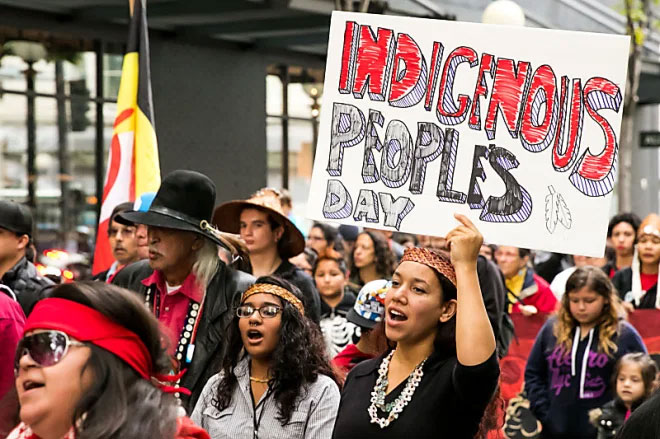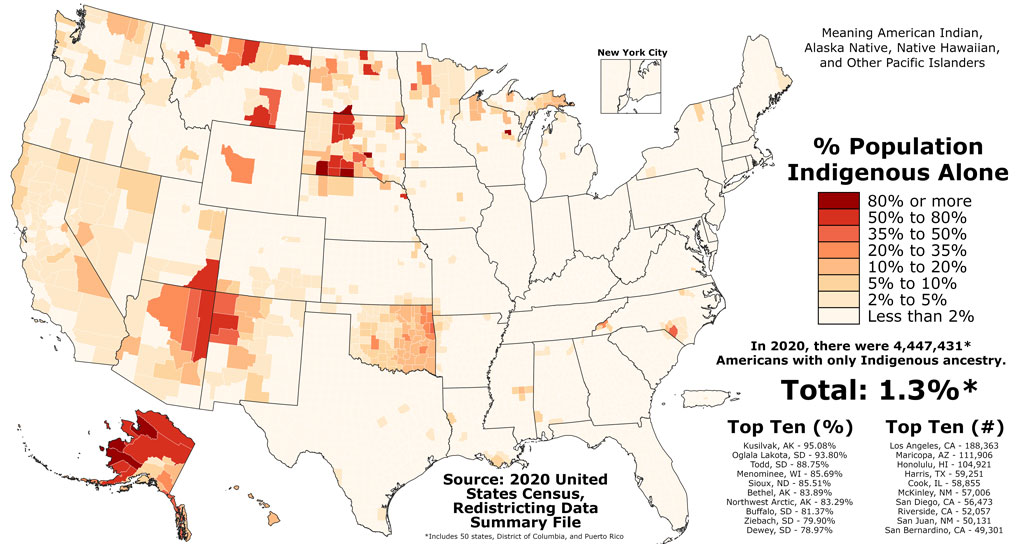
Language from the Bible supports both the Season of Creation and our pledge campaign using the language of – planting, growth, production of fruit, and feeding.
Here’s some of our language and imagery, linking these practices, both ancient and continuing, with our common life at St. Peter’s:
- Plant: We begin with the seeds: Worship and prayer, baptism, evangelism, welcoming, pastoral care
- And the seeds soon grow: Education, communications, upkeep of buildings and grounds
- And produce fruit: Fellowship, belonging, new members, confirmation, marriages
- To feed people who are hungry in body and spirit: Village Harvest, Christma
- And our roots are deep: Tradition, reconciliation…
- Settled into the ground of our being: Jesus Christ
- Watered by the vows of the Baptismal Covenant – to continue in worship, repent and return, respect the dignity of others.
- Jesus said, “I am the vine, You are the branches…bear much fruit.”
- All of this depends on your gifts, regular income that provides the rector and staff; that lights, heats, and cools our buildings, that provides materials for worship, for service, for outreach.


